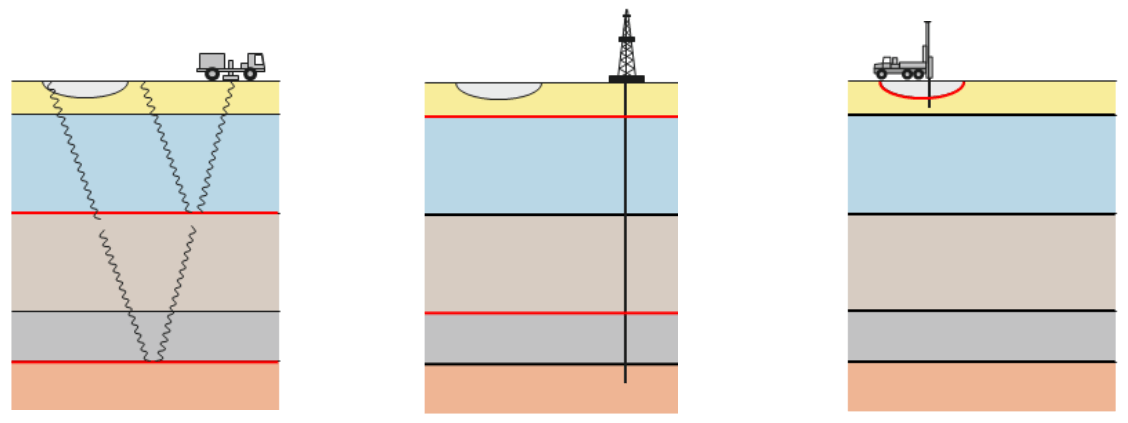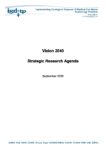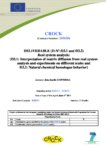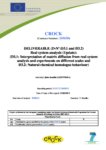Key Topic 7: Methodologies for Site Characterisation
This research area focuses on R&D activities that are essential for site characterisation to identify gaps and needs related to this topic. The topic is linked to exploration and investigation programmes, site information, data management and syntheses for the purpose of iterative safety assessments.
Overview
Site characterisation is essential for the selection of a suitable site and the design, planning and development of a repository. Furthermore, site characterisation is an important component for (long-term) safety analyses. The research area is linked to exploration and investigation programmes, site information, data management and syntheses for the purpose of iterative safety assessments.
Objective
This research area focuses on R&D activities that are essential for site characterisation to identify gaps and needs related to this topic. This embraces development and improvement of geological exploration methods for surface and sub-surface exploration, identification of critical information and data, and development of strategies and models to provide specific geological information about a considered site. In this context, transfer of knowledge and experience from completed site characterisations to early or intermediate stage programmes can help to reduce uncertainties and increase efficiency.
The application of geological (and geophysical) exploration methods is essential for characterising any given site for constructing a repository for radioactive waste. A sound site characterisation is the key to a deep understanding of the geological situation (e.g. water-bearing features, deformation, fractures, fissures, rock mechanics, thermal properties and resource potential) and may reduce site-related uncertainties. Subsequently, the site characterisation contributes to the long-term safety of a repository for radioactive waste.
Site-related uncertainties, for example, the condition of host rocks and geological barriers, can be reduced by exploration and research activities.
Therefore, this research area aims to contribute to the reduction of present and future uncertainties and therefore, strongly contributes to evaluations of long-term safety. The use of non-destructive exploration methods avoids disturbance of potential containment-zones and geological barriers. Therefore, this key topic aims to foster the research effort to improve exploration methods, particularly non-destructive techniques. Moreover, the analyses of natural analogues may be helpful to study long-term geological processes.
Another research focus includes acquiring data to assess the potential impacts of future climate change and long-term geological evolution on the repository. The development of suitable field methods to improve understanding of site evolution (e.g. erosion, tectonic evolution, potential for induced seismicity) can contribute data for the modelling topics discussed in Key Topic 1. The safety assessment models and safety case activities in Key Topic 1 also act to define the data required from site characterisation and the site selection criteria to be assessed.




